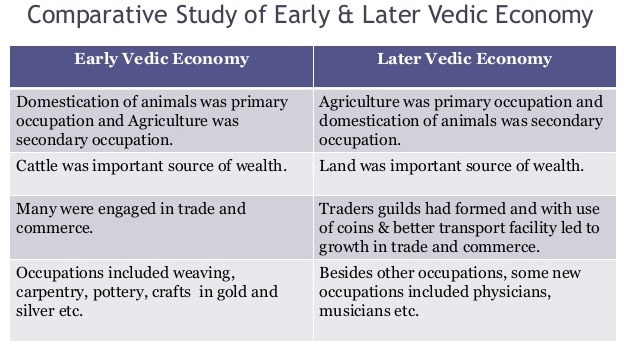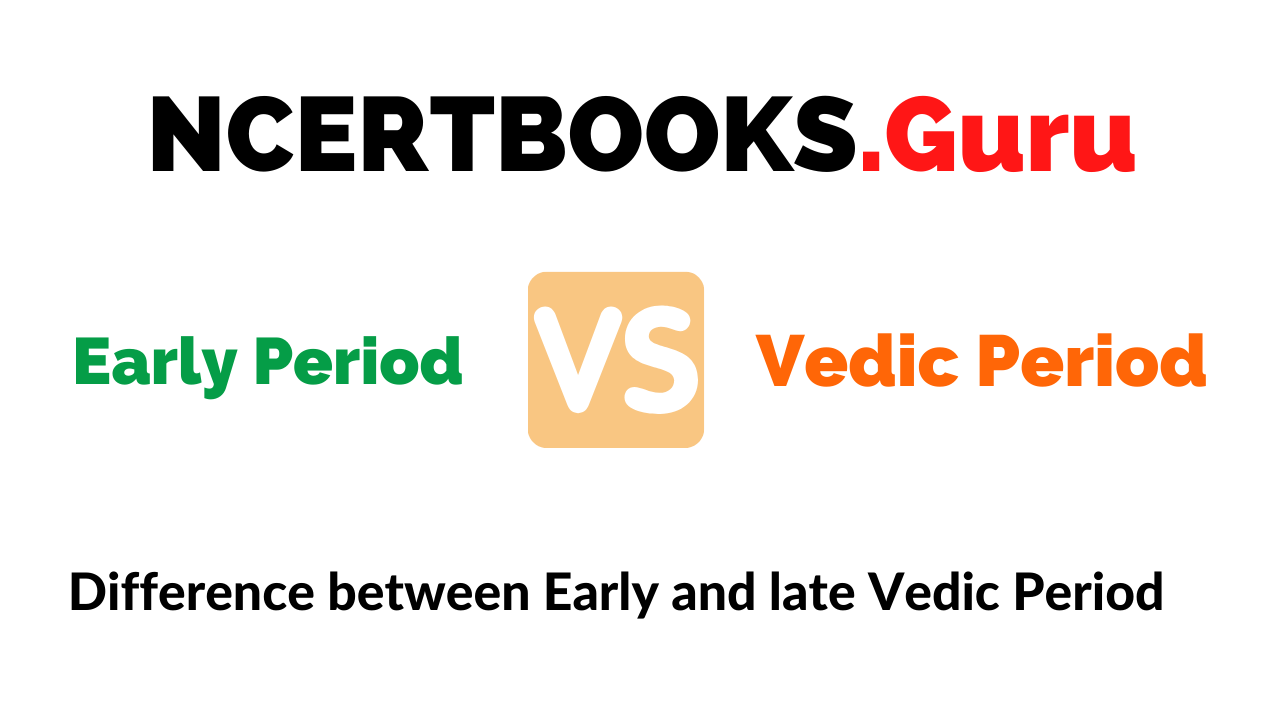Difference Between Early Vedic Period And Later Vedic Period: The Vedic period is a period of the Late Bronze and Early Iron age in India. It started in northern Indian after the Indus Valley Civilization. The Brahmanical ideology was an influencing factor for the various Vedic texts that were created during the Kuru Reign that was a tribal union of different Indo-Aryan tribes. The Vedas contain very detailed explanations of how life was lived during the times, the type of culture and a lot of primary sources that help understand the period much better. In ancient Indian History, the Vedic period was a significant era it is based on two periods based on the time that is the early Vedic period and the later Vedic period. Read on to find more about Similarities Between Early Vedic Period And Later Vedic Period also. Compare And Contrast The Life In The Early And Later Vedic Period to know the factors and Various texts.
You can also find differences between articles on various topics that you need to know. Just tap on the quick link available and get to know the basic differences between them.
What is the Difference Between Early Vedic Period and Later Vedic Period?

Early Vedic Period
The Rigveda holds a lot of information and it holds information on the various conflicts between the Aryas, Dasas and Daysyus. In the Rigveda, it tells the readers how the Dasyus and the Dasas as people who do not obey any commandments or perform any commandments of gods. The Mridhra describes the speech as abusive, hostile, uncouth and soft.
The various other interpretations are for the physical appearance of the people. Throughout the early Vedic period there were various accounts of different military conflicts and wars between different tribes. Some of the more notable conflicts that occurred are the battle of the ten kings and the battle fought between the tribe Bharatada against the confederation of ten tribes.
Later Vedic period
The Rig Veda had taken its final form after the twelfth century BCE where it is associated with the Kuru – Panchala region, here in northern India they were not the only Indo Aryan people that lived. During the early Vedic period the Jada had moved around a lot as they were nomads but after acquiring a lot of lands they had finally settled, once they settled they started agricultural practices.
For a lot of the Vedic leader’s possession of horses was important as they needed to be remnant to their nomadic lifestyle, by doing so they would trade horses and create the Hindu kush route. These horses became a part of their lifestyle and also a part of the cavalry. After the thousand BCE, the use of ploughs and iron axes was common and was quickly adopted all over.
Comparison Between Early And Later Vedic Period
In the early Vedic period the caste system was based on profession and was quite flexible but during the later Vedic period it became more rigid and was based on the birth of the person. The early Vedic period had no concept of untouchables or Shudras but the later Vedic period did.
During the early Vedic period the women were given more freedom and enjoyed political participation up to a certain limit but in the later Vedic period women were given more docile roles. In the early Vedic period the kings were elected by a small assembly known as the samiti but in the later Vedic period the need for a more long-term and stable king was required therefore kings rule became more important.
